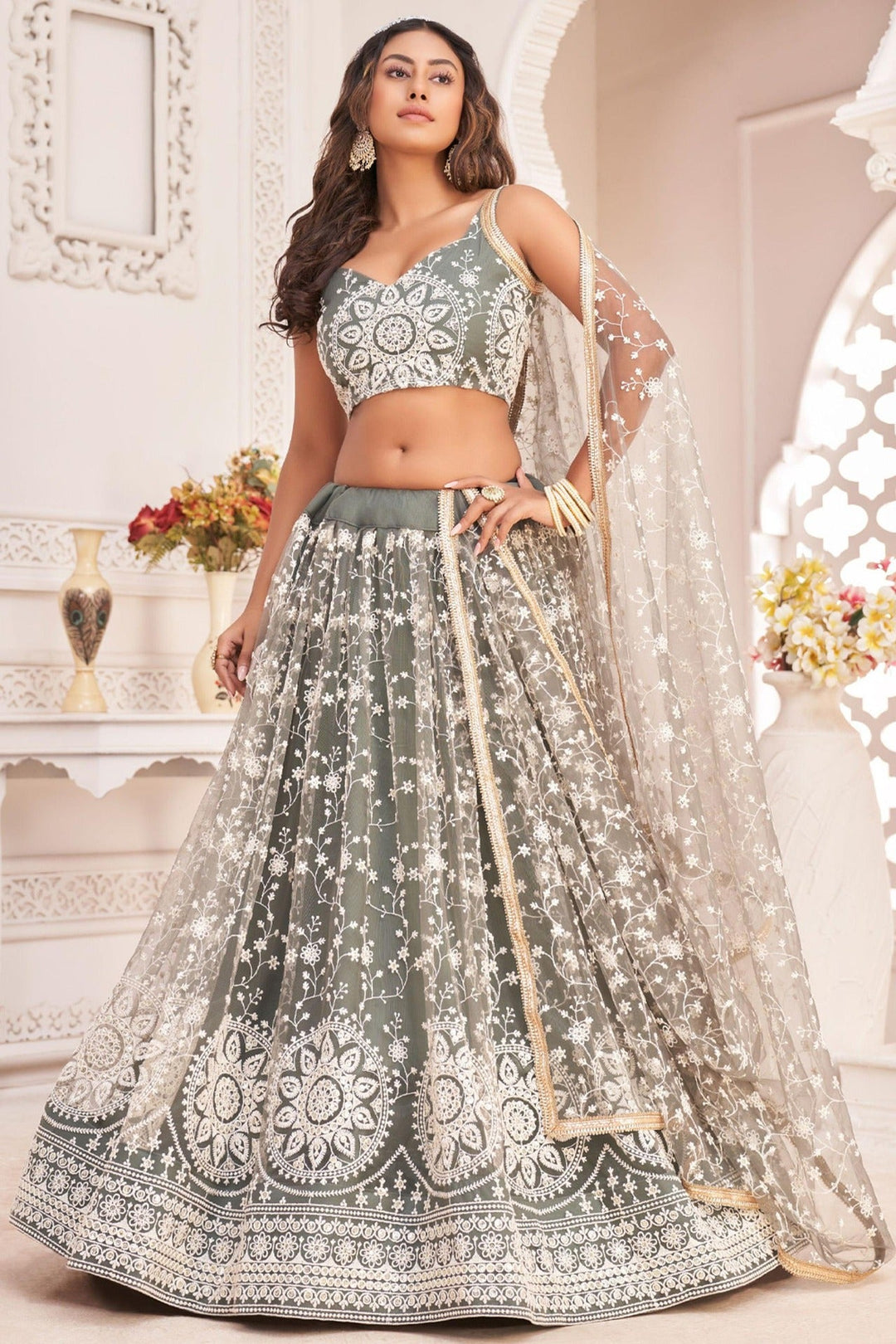World Cultural Perspectives on Gender-Neutral Fashion
Gender-neutral fashion is redefining the way we think about clothing around the globe. At its heart, it challenges the traditional division between “menswear” and “womenswear”, encouraging people to dress in ways that feel authentic and freeing. While often viewed as a modern Western concept, gender-fluid dressing has deep roots in many cultures and is now being reinterpreted worldwide through a contemporary lens. Understanding global perspectives helps to show how diverse and meaningful this movement truly is.
Traditional Precedents:
Long before the term “gender-neutral” entered fashion vocabulary, many cultures embraced clothing that was not rigidly gendered.
In Japan, the kimono has historically been worn by all genders, with differences in colour or sleeve length rather than overall structure.
In India, garments such as the kurta and dhoti are used by people of all genders, with fabric and styling providing the main distinction.
The kaftan in North Africa and the Middle East has long served as a gender-inclusive garment, often worn for both daily life and special events.
In Scotland, the kilt is a powerful example of a skirt-like garment that carries masculine symbolism.
These traditional examples demonstrate that gender-neutral dress is not a new idea—but one that is becoming more recognized and appreciated globally today.
Modern Cultural Interpretations:
Western Countries:
In much of Europe and North America, gender-neutral fashion is closely linked with broader LGBTQ+ visibility and the rejection of binary gender roles. Designers such as Gucci, Marine Serre, and emerging labels like Telfar and Palomo Spain redefine masculinity and femininity on the runway. Celebrities such as Harry Styles and Janelle Monáe have become ambassadors for androgynous fashion, helping normalize it in everyday life.
East Asia:
In South Korea and Japan, the line between masculine and feminine style has long been blurred. K-pop stars regularly wear crop tops, skirts, or embellished jackets regardless of gender. Japanese subcultures like Visual Kei and Harajuku fashion embrace exaggerated and genderless expression, influencing global streetwear and beauty trends.
South Asia:
While everyday clothing is still culturally gendered in much of South Asia, younger designers in India and Pakistan are beginning to experiment with androgynous silhouettes and unisex textiles. Even traditional pieces like the sherwani and kurta are being redesigned with softer tailoring, fluid draping and gender-neutral styling.
Middle East and Africa:
In some regions, strict dress codes make openly gender-neutral fashion more challenging. However, designers are finding ways to innovate within cultural frameworks. In the Middle East, modest fashion has become a neutral platform—flowing abayas and long tunics are styled in ways that appeal to all genders. In West Africa, bold textiles like Ankara are increasingly being cut into silhouettes that suit every type of body, rather than being defined as “male” or “female”.
The Global Impact:
Gender-neutral fashion is promoting inclusivity within the industry and opening up creative possibilities for designers across the world. Retailers are beginning to eliminate gender-segmented sections, and e-commerce platforms now include unisex categories. More importantly, it gives individuals—regardless of culture—a way to express identity without limitation.
Cultural perspectives on gender-neutral fashion may differ, but the global direction is clear: people are moving toward a more open, inclusive understanding of style. Whether rooted in history or driven by modern movements, the idea that fashion belongs to everyone is gaining ground everywhere—from Tokyo to Lagos, Mumbai to New York. In this way, gender-neutral fashion becomes not just a trend, but a meaningful shift toward self-expression and cultural evolution.













